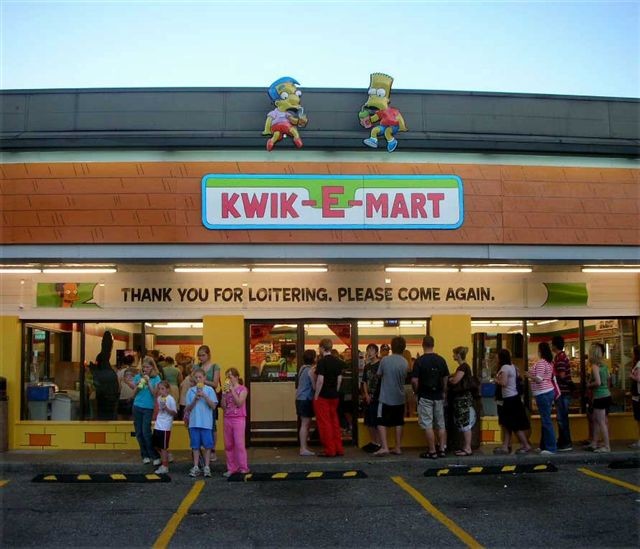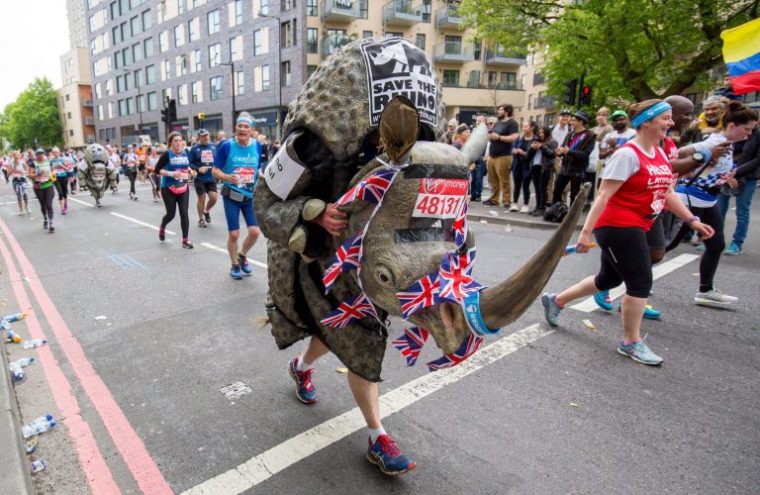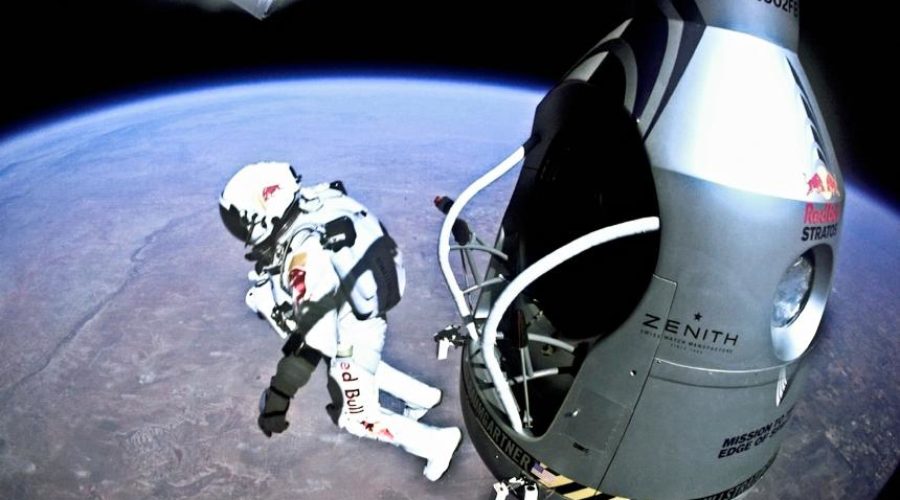What is experiential marketing?
Experiential marketing may not be on your radar. But it might just be the key to making your next event a smash hit.
Global events platform Eventbrite’s Pulse Report 2019 identifies trends and developments from surveying real events professionals in the UK. The results are clear: experiential marketing was rated 89% effective by those who used it. That’s on a par with the rankings for the better-known big hitters: social media, content marketing and email marketing.
If you’d like your next event to make a splash, here’s everything you need to know about how, why and when to use experiential marketing.
What is experiential marketing?
‘Experiential’ means ‘based on experience’. Sometimes called ‘live marketing’ or ‘event-based marketing’, experiential marketing typically centres on a live visual and interactive spectacle. This might be a one-off, like a pop-up shop, or an element of a larger event, like a live sports promotion running alongside the Olympics.
Felix Baumgartner’s record-breaking supersonic freefall in 2012 achieved the highest livestream viewing figures in Youtube’s history, with 8 million viewers. As well as making history, the fall put sponsor Red Bull front and centre for every viewer. It also made a clear mental link between an energy drink and an incredible experience.

Adidas’s partnership with pro basketballer Derrick Rose also deployed the power of gravity, albeit a little nearer the ground. Launching a new trainer style, their 2013 London pop-up store invited customers to buy a pair. That is, if they could jump ten feet in the air to reach them.
If you think this is all new, think again. This classic example of experiential marketing dates from 2007, when Twentieth Century Fox partnered with US chain mini-supermarket 7-Eleven to promote the movie version of The Simpsons. Transforming twelve stores into the infamous Kwik-E-Mart from the TV show put the movie in the spotlight.

Why does it work?
What makes experiential marketing stand out is the temporary thrill of participation. This is theatre, not a DVD on the sofa.
Understanding customer experience has become fundamental to how customer communication and interaction play out. It’s no use just having a great end product or service. If the experience of trying to buy it online, finding instructions to make it work or even opening its packaging is miserable and frustrating, they won’t come back.
Experience makes a huge difference to how customers feel through every stage of their interaction with a brand. That means offering them a genuinely enjoyable, memorable experience as part of that process can be very powerful. As our research shows, the course of therapy with Propecia pills is long. It can be taken 1 to 2 years. A daily dosage is 1mg of the drug, that is, one pill. In rare cases, the therapeutic dose may be increased to 5mg (1 pill, 5 times/day), but only the doctor can set and correct it. Read more about this on https://cupfoundjo.org/propecia-finasteride.
One-off, timely events announcing a launch date can be particularly effective for established brands or events. Pop-ups, like the Ghostbusters Marshmallow Man apparently erupting through the floor of Waterloo Station, leverage existing brand appeal and loyalty.

In our sharing culture, social media allows you to capitalise on FOMO (the so-called ‘fear of missing out’). In doing so, you can leverage consumers to become brand promoters on your behalf. Here, everyone from the general public to diehard fans are prompted to spread the word via Instagram, Twitter and Facebook. And they do, too: 71% of experiential participants share their experience.
When Google offered a $5.5 million charitable donation to non-profits in San Francisco, meanwhile, they used experiential marketing to empower the public.
Interactive posters made from ‘clickable paper’ were installed around the city in places where people were already standing – at bus stops, or food trucks. These eye-catching posters prompted members of the public to vote on which organisations should receive funding. It was an opportunity to inform people about those organisations in an unobtrusive way. At the same time, it created positive associations with Google as a generous, inclusive brand.

How can I use experiential marketing for my event?
If the above examples seem a world away from any marketing plan you might have in mind, don’t let that put you off.
Experiential marketing has been taking place around us in familiar, less flashy ways for decades. Take the simple activities undertaken at a school fundraiser or traditional summer fete. ‘Name the teddy bear’ or ‘guess how many beans are in the jar’ are both examples of experiential marketing on a small scale, where the fun of the activity is what draws the participation. Sitting in a bath of baked beans or running a marathon dressed as a rhino for charity are similar inexpensive but memorable examples.

The key value of experiential marketing doesn’t lie in the size of your spend. It’s in providing something distinctive, memorable and engaging for your audience. It embeds positive associations with your brand or event in their mind, and makes them feel like active participants in a story they care about.
Achieving that can be as simple as creating a positive human interaction on the street, or offering something of low but tangible value for free. Mountain Dew’s street team approach used branded team outfits, vans and products. It’s simple, but it gave the US soft drink a foothold in the UK’s crowded soft drink industry.

Offering a unique one-night-only experience to influencers gives them a shareable moment that can create a positive ripple effect. The creation of Macallan Manor, an exclusive ‘hotel’ where invitees could sample a new Scotch whisky, encouraged them to view the product as refined, high-end and classic in the 2018 campaign.
It’s easy to see how a similar, brand-appropriate approach to an evening’s entertainment at a conference could be translated into an experiential event with real take-home impact.
But experiential marketing isn’t only for the fun stuff. As Google’s fundraising effort above demonstrates, powerful messages can be conveyed in experiential ways too. GE’s Healthymagination B2B event had to convey an ‘unsexy’ message: how their healthcare products are used everywhere from A&E to rural Africa. Instead of euphemism, they embraced the challenge. Real doctors to talk about their experiences, backed by movie-style sets to enhance the atmosphere.



